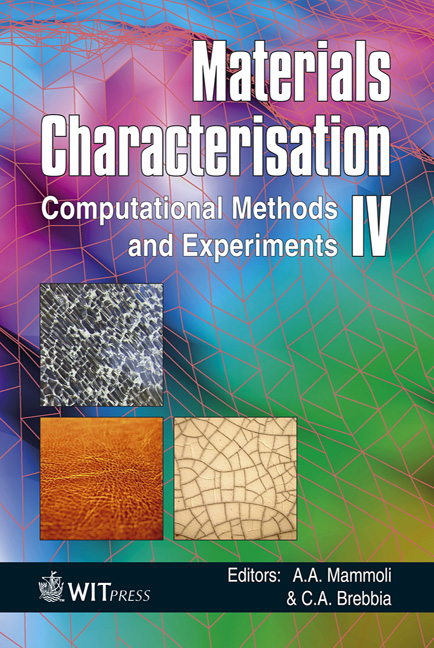High Velocity Impact Of Carbon Composite Plates: Perforation Simulation
Price
Free (open access)
Transaction
Volume
64
Pages
9
Page Range
175 - 183
Published
2009
Size
1,104 kb
Paper DOI
10.2495/MC090171
Copyright
WIT Press
Author(s)
E. Jacquet, A. Rouquand & O. Allix
Abstract
Aircraft structures are large and complex, generally constructed from thin sheet metal or composite materials. As a result, analysis and prediction of the behaviour of such structures when subjected to high-energy impacts is very complex. Computational design analysis techniques have the potential to provide a deeper understanding of the problem and hence enable the design of safer and more efficient airframes. With this end in mind, it is important to develop and identify good modelling techniques to ensure accurate representation of real life situations. The mechanism of damage initiation and growth in layered composites subjected to high-velocity impacts is simulating using a damage mesomodel approach. The implementation of the model into the commercial finite element code ABAQUS via use-defined FORTRAN subroutines is described. The implemented model involves damage in both the mesoscale layer and an interface between the layers. In this paper, the first experimental and numerical results of high-velocity impacts of composite plates are described and compared, the advantages and disadvantages of numerical methods used are discussed and future developments are announced. Keywords: ballistic impact, composites, models.
Keywords
ballistic impact, composites, models





